Rise of Electric Vehicles
The Printed Circuit Board Inspection Equipment Market is poised for growth due to the rise of electric vehicles (EVs). As the automotive sector transitions towards electrification, the demand for high-quality PCBs in EVs is escalating. In 2025, the electric vehicle market is anticipated to surpass 800 billion USD, creating a substantial need for reliable PCB inspection solutions. The intricate electronic systems in EVs require meticulous inspection to ensure safety and performance, thereby driving investments in inspection equipment. This trend indicates a significant opportunity for manufacturers of Printed Circuit Board Inspection Equipment Market, as they adapt their technologies to meet the specific needs of the automotive industry. Consequently, the intersection of the automotive and electronics sectors is likely to catalyze growth within the Printed Circuit Board Inspection Equipment Market.
Growing Focus on Miniaturization
The trend towards miniaturization in electronics is significantly influencing the Printed Circuit Board Inspection Equipment Market. As devices become smaller and more compact, the complexity of PCBs increases, necessitating advanced inspection solutions. In 2025, the miniaturization trend is expected to continue, with the market for miniaturized electronic components projected to grow substantially. This evolution requires inspection equipment that can effectively handle the intricacies of smaller PCBs, ensuring that quality is not compromised. Manufacturers are likely to invest in specialized inspection technologies that cater to the unique challenges posed by miniaturized components. Consequently, the Printed Circuit Board Inspection Equipment Market is set to expand as companies adapt to the demands of an increasingly miniaturized electronics landscape.
Advancements in Inspection Technologies
Technological advancements are a key driver of the Printed Circuit Board Inspection Equipment Market. Innovations such as automated optical inspection (AOI) and X-ray inspection systems are revolutionizing the way PCBs are inspected. In 2025, the market for these advanced inspection technologies is expected to expand significantly, as manufacturers seek to enhance efficiency and accuracy in their production processes. The integration of artificial intelligence and machine learning into inspection systems further augments their capabilities, allowing for real-time defect detection and analysis. This evolution in inspection technology not only improves product quality but also reduces operational costs, making it a compelling proposition for manufacturers. As a result, the Printed Circuit Board Inspection Equipment Market is likely to benefit from the ongoing technological advancements that enhance inspection processes.
Increasing Demand for Consumer Electronics
The Printed Circuit Board Inspection Equipment Market is experiencing a surge in demand driven by the rapid growth of consumer electronics. As devices become more sophisticated, the need for high-quality printed circuit boards (PCBs) intensifies. In 2025, the consumer electronics sector is projected to reach a valuation of over 1 trillion USD, necessitating advanced inspection equipment to ensure reliability and performance. This trend compels manufacturers to invest in state-of-the-art inspection technologies, thereby propelling the Printed Circuit Board Inspection Equipment Market forward. Furthermore, the proliferation of smart devices and IoT applications amplifies the requirement for precise PCB inspection, as any defects can lead to significant operational failures. Consequently, the market is likely to witness robust growth as companies strive to meet the escalating quality standards demanded by consumers.
Regulatory Compliance and Quality Assurance
Regulatory compliance plays a pivotal role in shaping the Printed Circuit Board Inspection Equipment Market. Stringent regulations imposed by various authorities necessitate that manufacturers adhere to high-quality standards in PCB production. In 2025, the emphasis on quality assurance is expected to intensify, as non-compliance can result in severe penalties and reputational damage. This scenario compels manufacturers to invest in advanced inspection equipment to ensure that their products meet regulatory requirements. The market for inspection equipment is projected to grow as companies seek to mitigate risks associated with non-compliance. Moreover, the increasing complexity of electronic devices further necessitates rigorous inspection processes, thereby driving demand for sophisticated inspection technologies within the Printed Circuit Board Inspection Equipment Market.


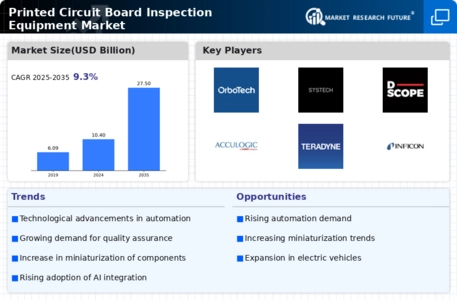
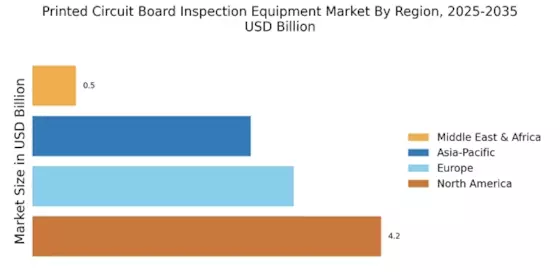
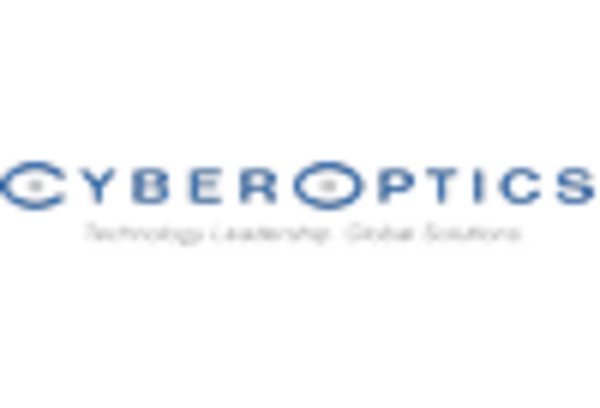
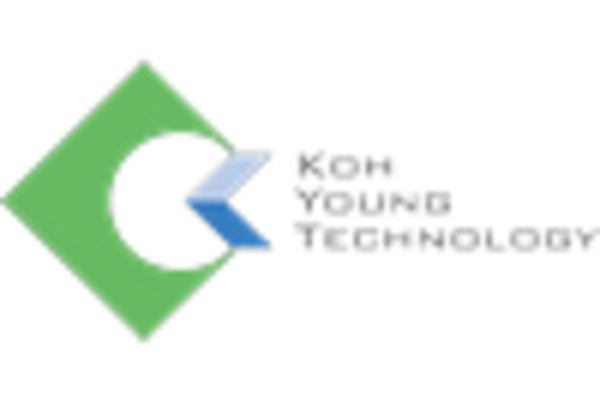
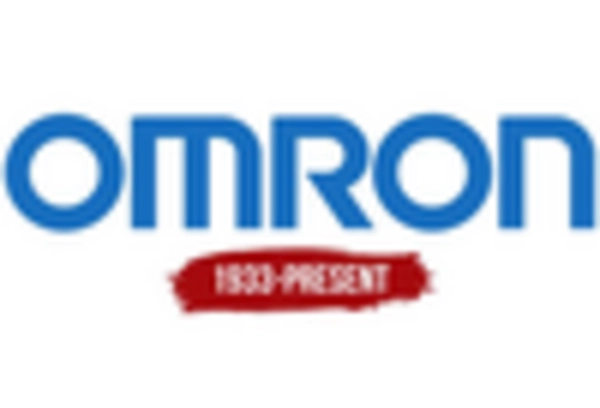
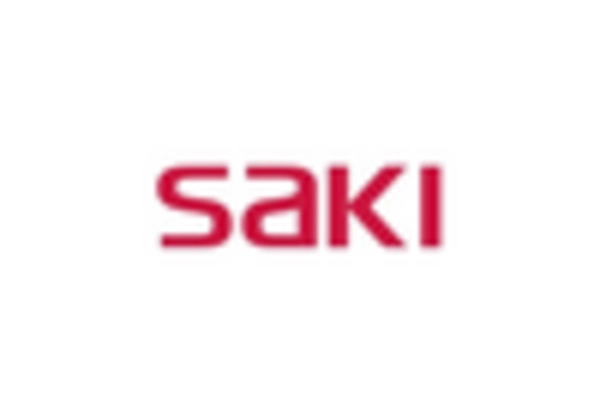
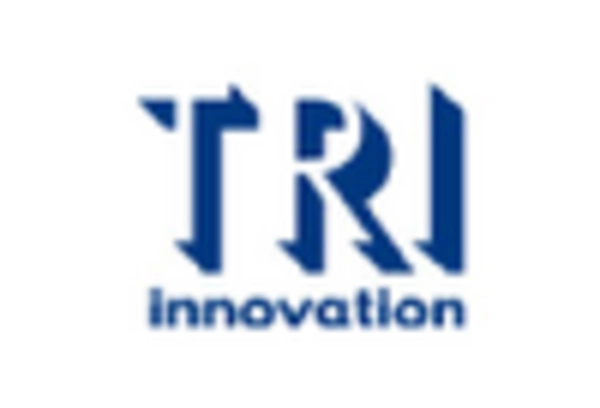
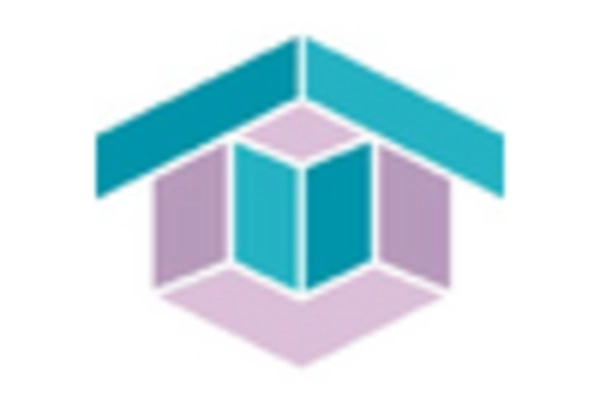








Leave a Comment